A Safe Lesotho for Every Child: Why Child Protection Must Be at the Centre of Our National Agenda
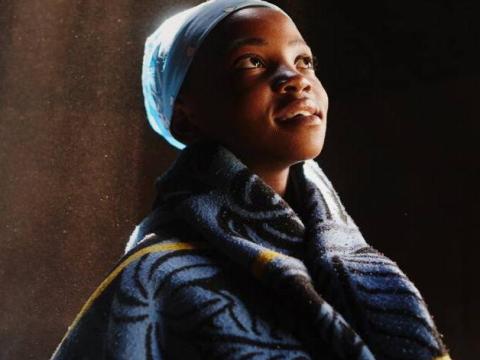
By: Lerato Brown, Communications and Marketing Manager, World Vision Lesotho
On the 9th of May 2025, in the quiet town of Pitseng nestled in the highlands of Northern Lesotho, a simple but deeply meaningful event will take place. The official handover of a newly refurbished Child-Friendly 'Child and Gender Protection Unit' (CGPU) to the Lesotho Mounted Police Service (LMPS). On the surface, it might appear to be just another brick-and-mortar facility, but for a child who has experienced abuse, exploitation, or neglect, this space could mean the difference between being silenced and being heard, between enduring trauma alone and beginning a journey toward healing. This new CGPU is not just a building! It is a message of hope and a tangible reminder that children matter, that their pain will not be ignored, and that their voices deserve to be protected and believed.
The Unseen Struggles of Children in Lesotho
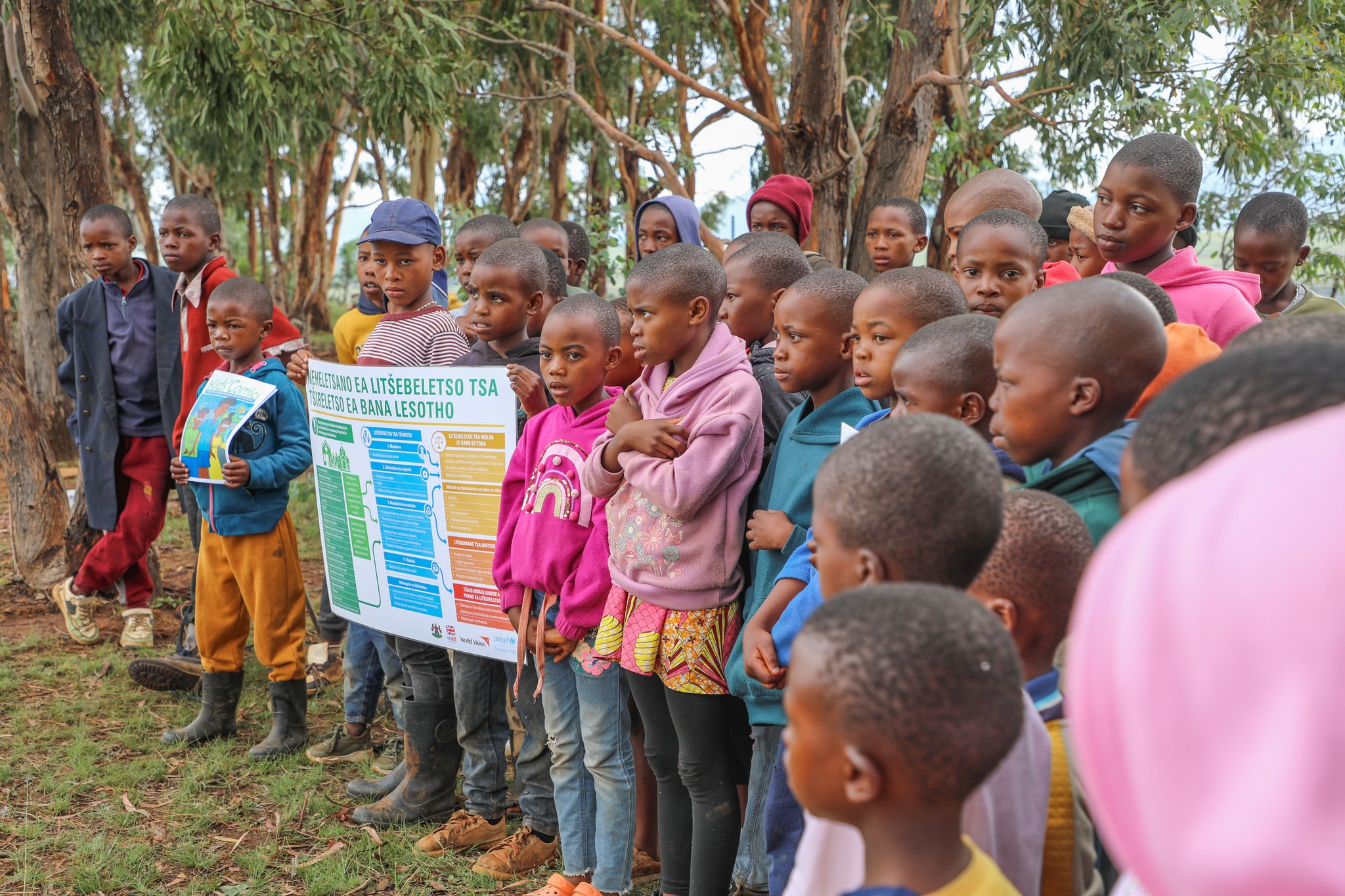
Lesotho is a country of warmth, resilience, and community spirit. Yet, beneath the surface, many children endure pain in silence. Some suffer physical or sexual abuse at the hands of those they trust while others are forced into child labour, trafficked across borders, or subjected to harmful cultural practices. For these children, silence becomes a shield; because the systems meant to protect them often feel distant, unapproachable, or incapable of offering true refuge. Too many children never report abuse; not because they don’t want to, but because they fear being shamed, not believed, or retraumatized by the very systems meant to help them. These institutions that should offer comfort often feel cold and intimidating, staffed by individuals who are overstretched, under-resourced, or unequipped to handle the complex emotional needs of a traumatized child.
Signs of Progress and a Way Forward
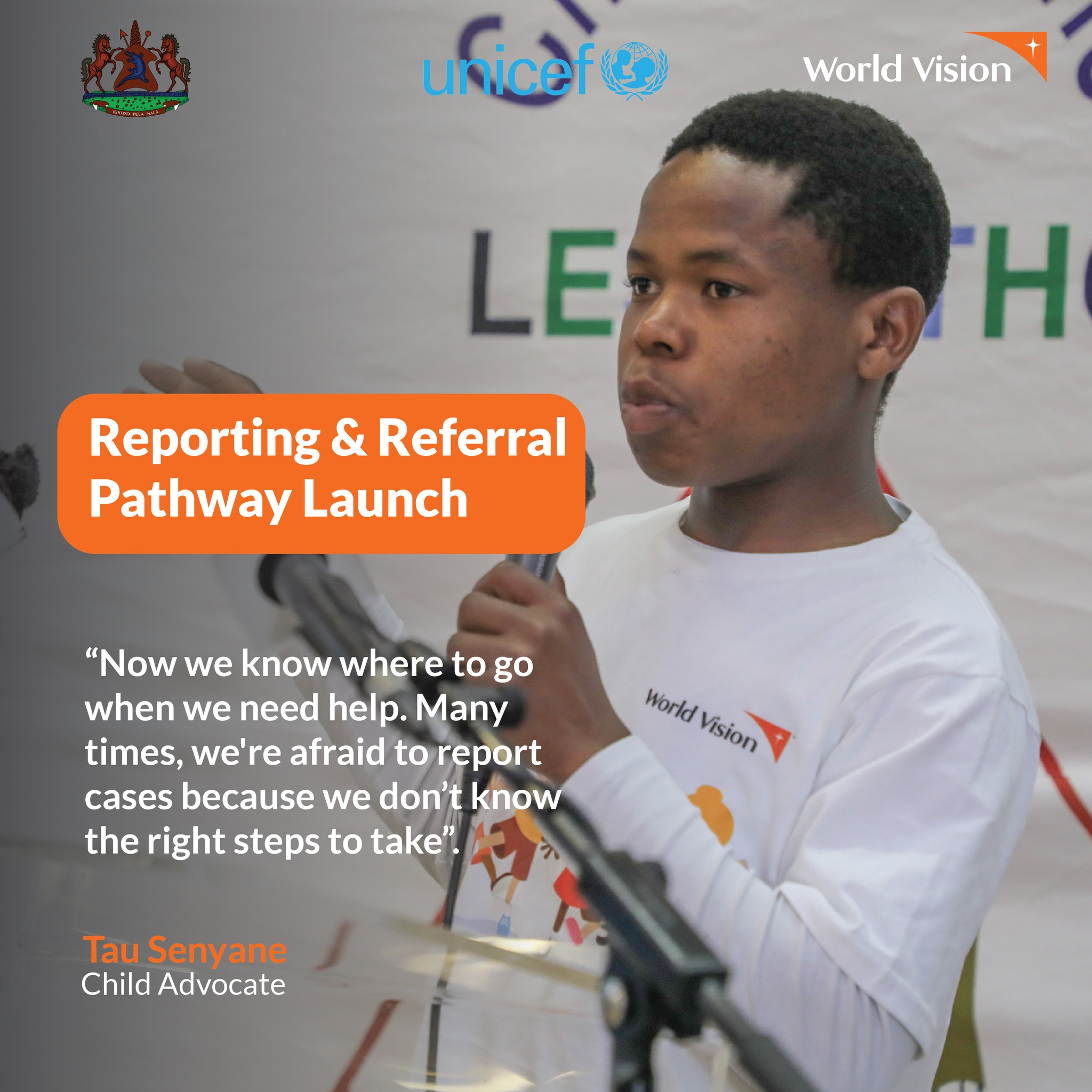
Despite these harsh realities, we are witnessing progress; and that progress is worth celebrating. The launch of the National Child Protection Referral Pathways was a landmark moment in Lesotho’s journey toward building a more cohesive and accountable system for safeguarding children. It provides a clear, structured approach to how cases of abuse should be reported, managed, and followed through across sectors to ensure no child falls through the cracks of bureaucracy or neglect. On the ground, meaningful strides have been made through the refurbishment of child-friendly 'Child and Gender Protection Unit (CGPU)' facilities, like the one constructed in Pitseng, reflecting a growing commitment to creating safe, welcoming environments for children in crisis. These facilities have been designed not only to deliver justice but to do so in a way that centres children’s emotional safety and dignity. They are built with the understanding that a child should never have to relive trauma in cold, intimidating spaces but have access to spaces the offer healing, protection, and justice.
Additionally, the refurbishment of child-friendly courts through the support of partners like the European Union in Lesotho have been key in ensuring that when children testify or appear in legal processes, the environment is sensitive to their needs, reducing fear and re-traumatization. In the heart of communities, child-friendly spaces have been created as safe, nurturing environments where children can play, learn, heal, and access psychosocial support. These spaces are particularly essential in times of crisis or during recovery from violence, providing stability and emotional care, especially for children who have experienced trauma.
Equally important is the progress in strengthening the legal framework that protects children. The National Assembly’s passing of the Children’s Protection and Welfare (Amendment) Act 2023 marks a major legislative breakthrough for child rights in Lesotho. This new law addresses longstanding gaps in child protection by replacing outdated provisions from 2011 with more robust, modern safeguards. It directly confronts critical issues such as harmful cultural practices and promotes the holistic development of every child. This Act advances the enforceability of child protection in Lesotho, laying a stronger foundation for justice, safety, and well-being.
Together, these interventions are powerful symbols of a country moving towards justice with compassion and they are stepping stones to a child protection system that is accessible, effective, and rooted in the best interests of the child. These fascilities aren’t just service centres; they are places of dignity and transformation for a child, they are where children can walk in scared, but walk out heard, supported, and on a path to justice. Yet, we must acknowledge that such spaces are still far too rare. In many rural districts of Lesotho, social workers and police officers juggle overwhelming caseloads, survivors are met with delays and inconsistencies, and justice remains elusive for many.
Why Spaces Alone Are Not Enough

While buildings matter, what truly brings them to life is the commitment and compassion of the people inside them. Through partnerships with the Lesotho Mounted Police Service, social workers, and civil society actors, World Vision International Lesotho has invested in capacity-building initiatives to ensure that the people working in CGPU units are trained not only to follow protocols but to do so with empathy and child-centred care. Through the European Union in Lesotho funded projects such as: Citizen Voices Addressing Violence Against Children (CVAVAC), Empowerment of Civil Society Organisations for Promotion and Protection of Human Rights (PPHR) in Lesotho and Accelerating Action for Eliminating Child Labour & Forced Labour (AECFL) in Lesotho ,training law enforcement officers, health personnel, and frontline workers on trauma-informed approaches has been achieved to ensure that children are met with kindness rather than interrogation as well as helping professionals identify signs of abuse early, respond appropriately, and support the child throughout their journey without doing further harm because for a child; the first interaction after trauma can define how the rest of their healing unfolds.
The Heart of Protection Lies in the Community
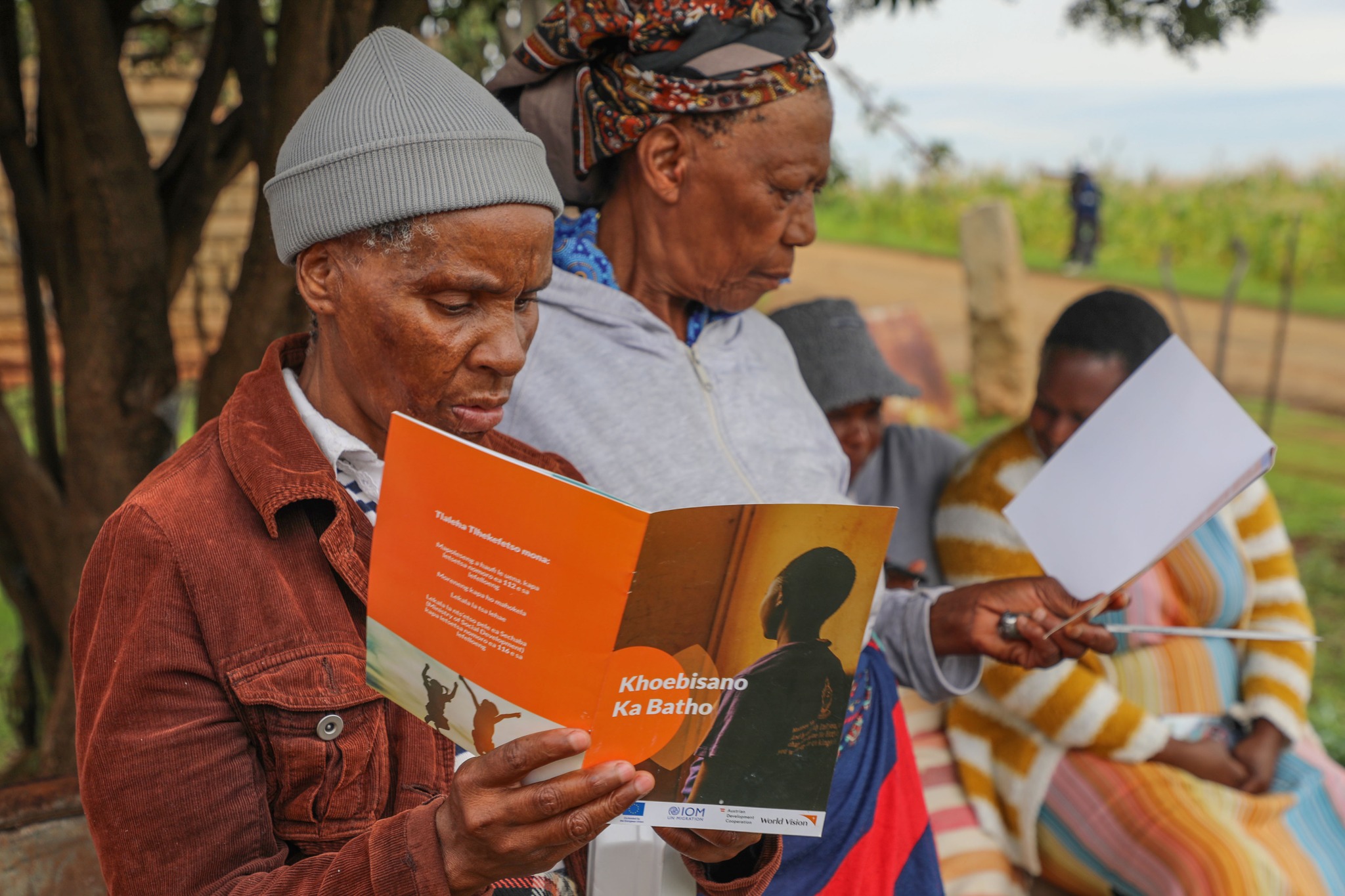
Child protection cannot be outsourced to institutions alone. It begins in homes, in schools, in churches, and in community halls. It is in the watchful eyes of a neighbour, the caring words of a teacher, the compassion of a faith leader. That’s why World Vision places community engagement at the heart of its child protection work; empowering parents, caregivers, chiefs, and youth to understand, prevent, and respond to abuse. When communities are aware, informed, and activated, they become the first line of defense for children. Through ongoing dialogues, awareness campaigns, school clubs, and trainings, we are helping communities move from bystanders to protectors ensuring no child falls through the cracks of silence.
Healing the Invisible Wounds
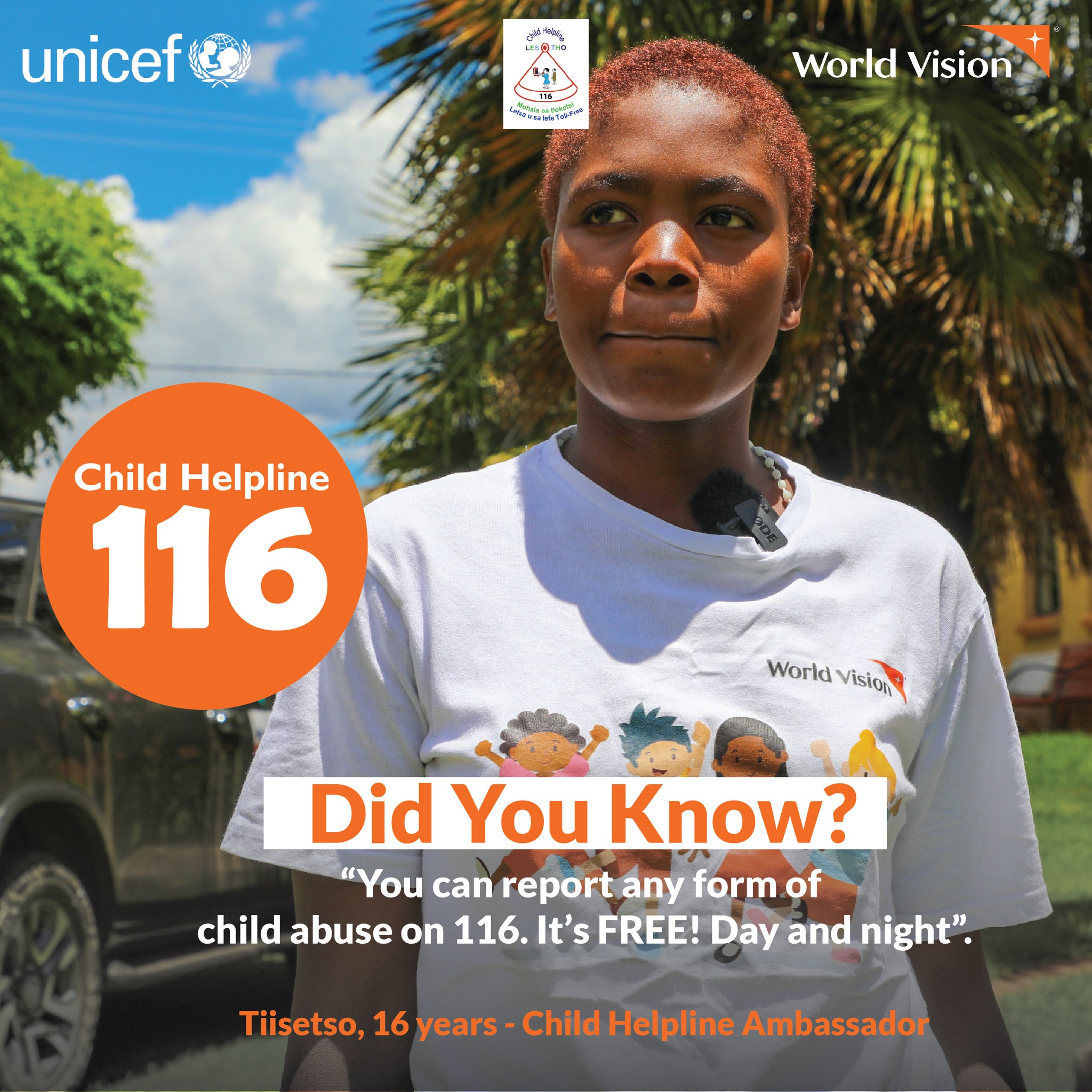
It’s not enough to stop abuse. We must also heal its aftershocks. For every visible bruise, there is an invisible one. For every case closed, there is a heart still struggling to understand what happened. That’s why mental health and psychosocial support must be integrated into child protection services. World Vision works with partners to ensure that children who walk into a CGPU aren’t just given a statement form but are offered counseling, emotional support, and consistent care. Because trauma doesn’t end when abuse stops; it lingers, shaping a child’s sense of self and safety. But when we care for a child’s mind and emotions, we give them the tools to rebuild trust in the world again.
Accountability: The Backbone of Sustainability
As we strengthen these systems, we must also ask hard questions: Are they working? Are they reaching the children who need them most? Are they improving outcomes for survivors? Monitoring and evaluation are not optional; they are essential. World Vision, together with government stakeholders, tracks the effectiveness of the child protection system, using evidence to refine approaches, close gaps, and ensure that investments translate into real change on the ground. We must remain vigilant because every gap in the system is a child left unprotected.
Shared Responsibility, Shared Hope
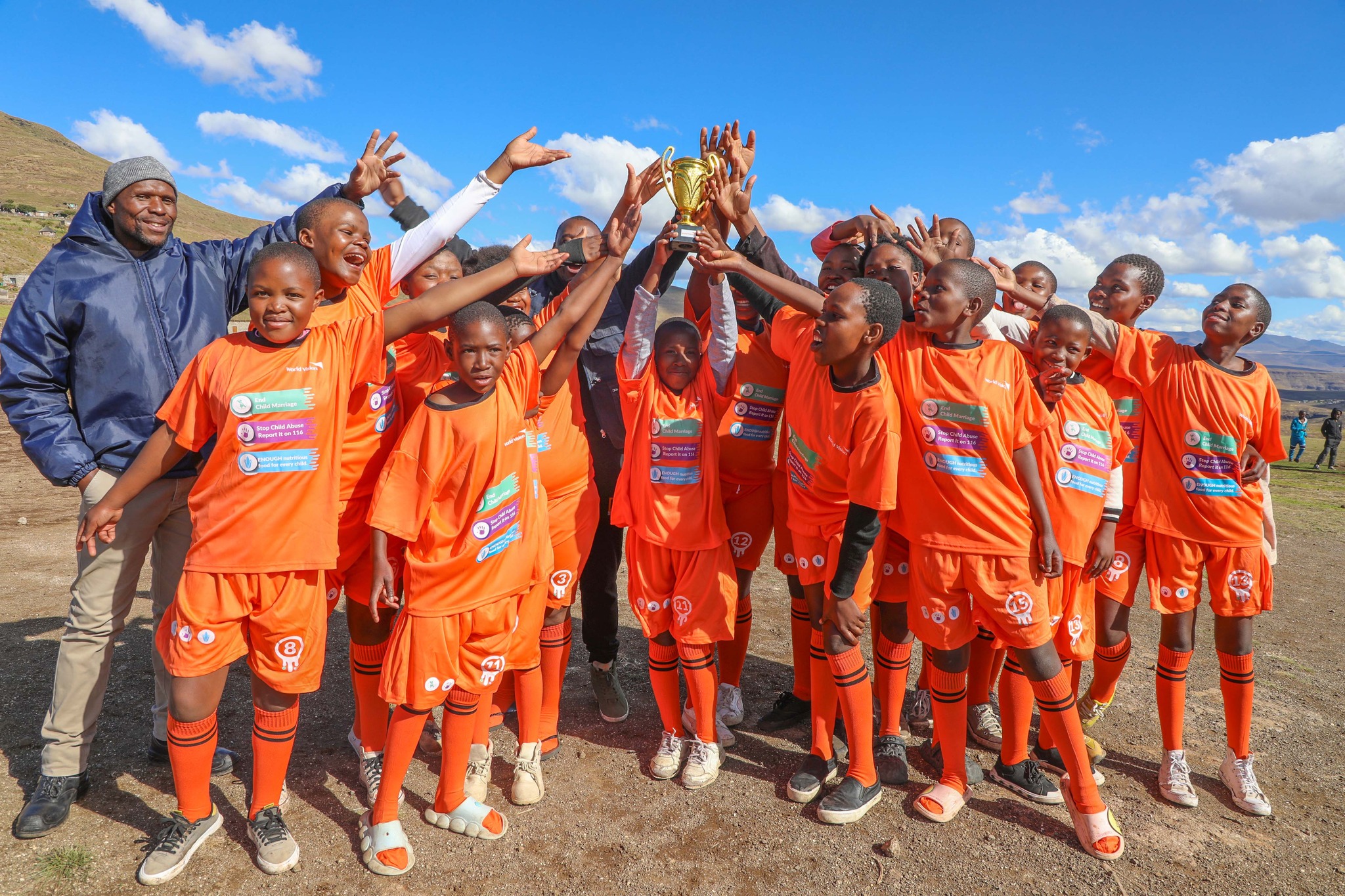
A child-safe Lesotho is not a dream for one organization or one ministry; it must be a national goal. Schools must be sanctuaries for children; health centres must be gateways to support, Lawmakers must prioritize child protection in both funding and enforcement, Faith leaders must use their influence to challenge harmful norms and practices., Families must create environments where children feel safe to speak up. As World Vision International Lesotho, we are not walking this path alone. Through all these collaborative initiatives, we have helped set up child-friendly CGPU facilities, equipped police with tools to respond to abuse cases, trained thousands of frontline workers, and strengthened referral systems to make sure that when a child seeks help, the help is there. But we are only one part of a larger tapestry. Real, lasting change will take the collective will of a nation.
The Moment Is Now
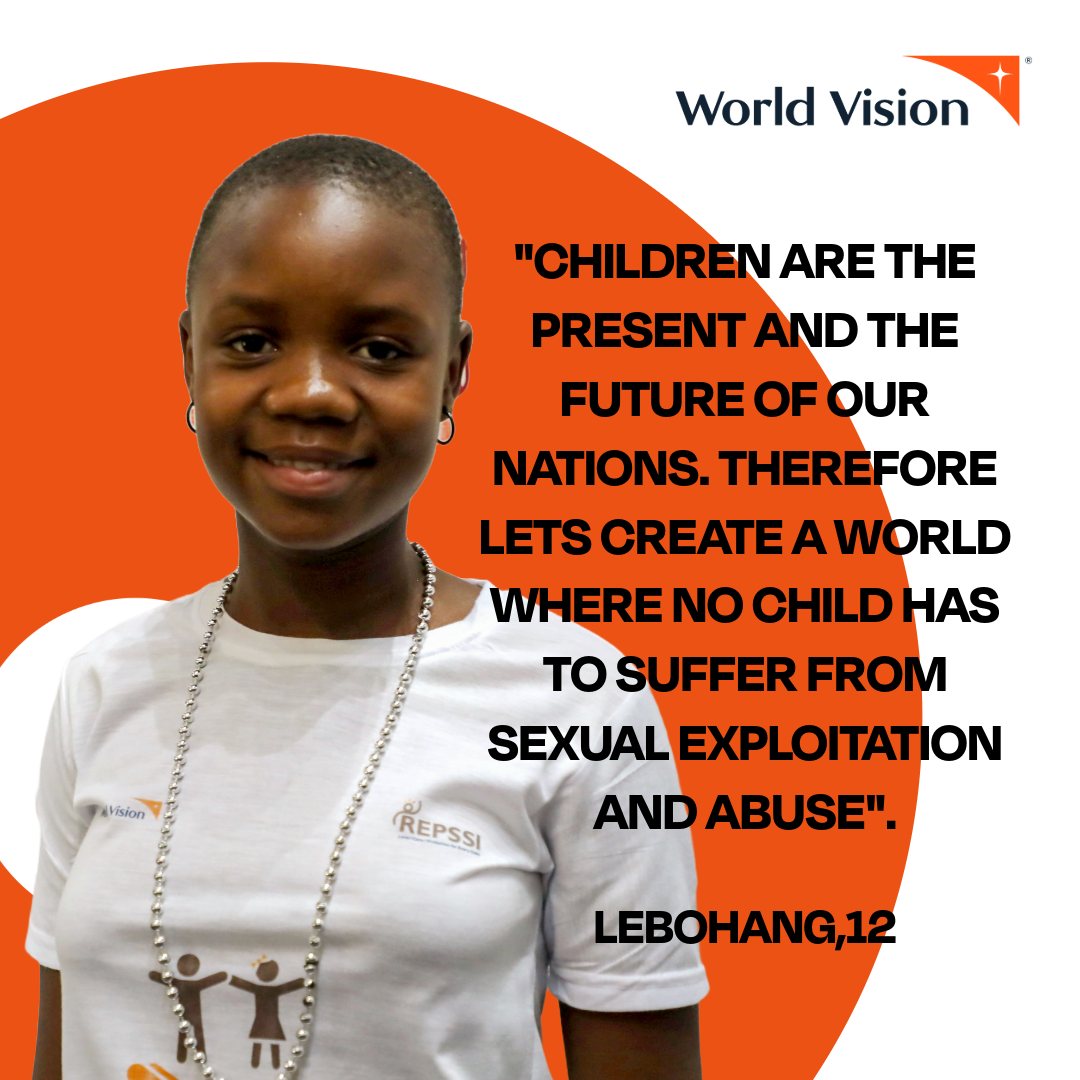
The handover of the Pitseng CGPU will be more than a ribbon-cutting; it is a promise! A promise that children will no longer be treated as afterthoughts in development, but as the very heartbeat of our nation’s future. We cannot afford to celebrate this moment and move on. We must multiply it; every district must feel what Pitseng is about to feel, a renewed sense of hope, dignity, and protection for every child. Let us not wait for another child to suffer before we act. Let this be the moment we say: enough and let this be the turning point where we no longer tolerate systems that fail our children because when we invest in protecting children, we invest in the moral fabric of our nation. We protect our future. We build a Lesotho where children don’t just survive but thrive. And that future starts now.